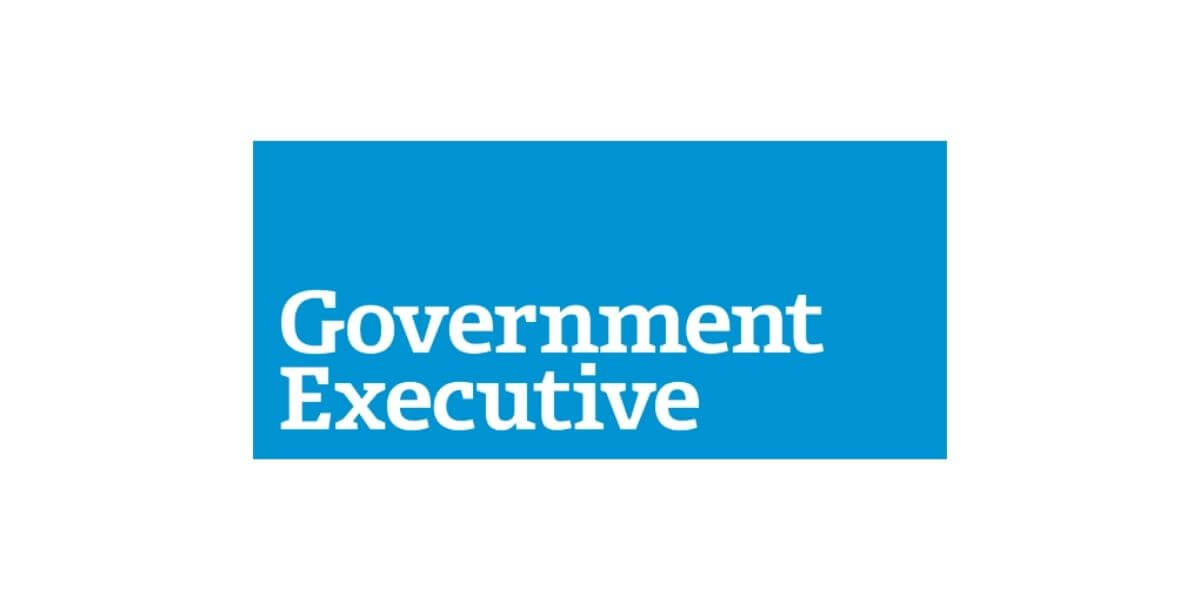WASHINGTON, D.C. (HRO Today) — President Donald Trump has extended the federal hiring freeze for most civilian workers, according to a memo released by the White House earlier this week. The freeze, initially slated to end on July 15, will now be pushed to Oct. 15.
“No federal civilian position that is presently vacant may be filled, and no new position may be created, except as otherwise provided for in this memorandum or required by applicable law,” the memo states. He further specified that all civilians hired to work for the federal government must adhere to the “Merit Hiring Plan” issued by the Office of Personnel Management earlier this year to speed up the federal hiring process.
The extension of the hiring freeze can have legal implications regarding employment matters and settlements for agencies that are not part of the exemptions, according to Ryan Nerney, managing partner of Tully Rinckey PLLC. As with previous extensions of the hiring freeze, Trump has carved out exceptions for military personnel, as well as people employed for immigration enforcement, public safety, or national security.
“Some agencies that may be willing to settle cases through a reinstatement or transfer to another position may not be able to do so with the hiring freeze in effect,” Nerney says. “Additionally, it may impact agencies that had a large amount of employees leave, whether through the Deferred Resignation Program or for another reason, from being able to backfill positions that are necessary, thus causing employees to be overworked and potentially have performance issues.”
As for agencies and positions not included in the federal hiring freeze, the recently signed budget reconciliation bill will likely expand hiring in these areas, particularly for immigration enforcement and national security, as federal funding for Immigration and Customs Enforcement (ICE) and the Department of Homeland Security is set to increase.
“The One Big Beautiful Bill significantly increases the budget for these agencies, and thus hiring more employees to fill these positions is likely,” Nerney says.
On Tuesday, the Supreme Court allowed the Trump administration to pursue mass federal layoffs, lifting a lower court order that previously blocked widespread firings across the federal government. The ruling does not have a direct impact on the federal employees who have been dismissed this year, says Michael Fallings, partner at Tully Rinckey PLLC. However, the Supreme Court has ruled that the Trump administration is permitted to initiative the Reduction in Force (RIF) through executive order and without congressional approval.
“For those who may lose their jobs through the anticipated RIFs, those employees should prepare by obtaining their full personnel file, including their current position description, obtaining a current copy of the organization chart in their area, and obtain all previous performance evaluations as these documents may be used to determine whether the employee should be subject to a RIF,” Fallings says.






